Modern Royal Romance Novels Show a Darker Side of the Fairytale
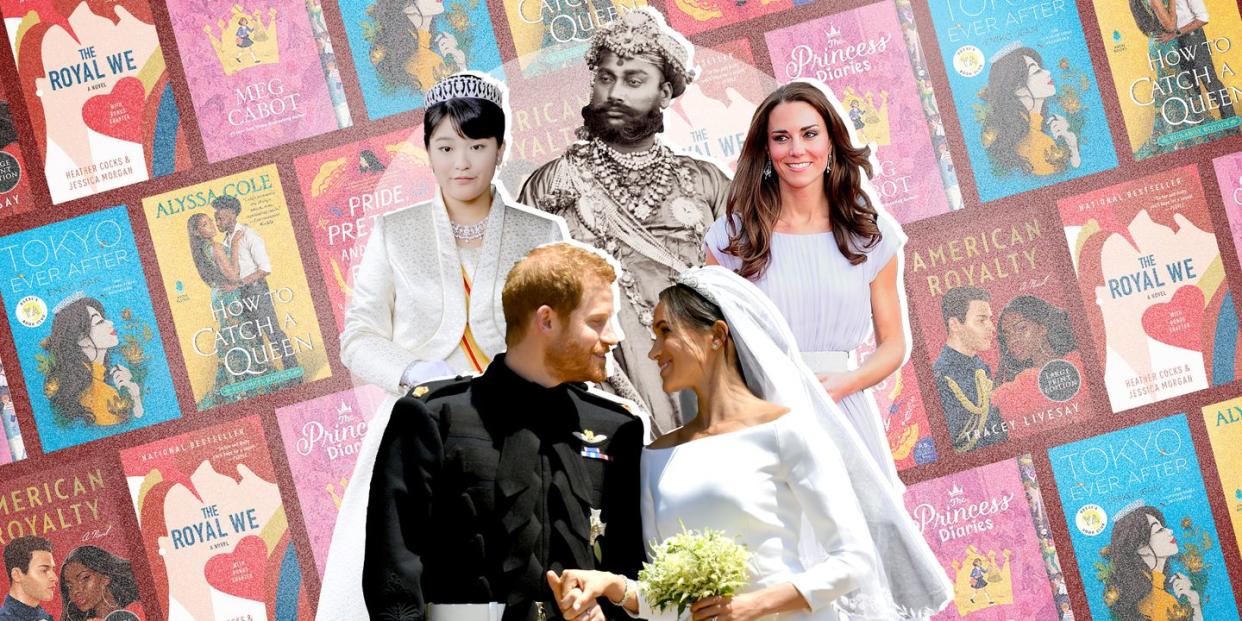
"Hearst Magazines and Yahoo may earn commission or revenue on some items through the links below."
Happily ever after looks a little different in novels these days. Once upon a time, a dashing prince met a local young woman, swept her off her feet, they overcame a challenge or two, and voilá: they’re married, she’s the princess, and they ride off into the sunset. Now, the fairytale may feature two princes; a reluctant princess; or a Black American woman in love with a British prince, choosing to be with him despite all obstacles.
In contemporary royal romances, being a princess is no longer just about gowns and tiaras—though it never really was entirely about that. The luxury of royal life is absolutely still the texture of these stories, but acknowledgements of what it means to live in the public eye, and the darker underside of what modern royals grapple with, are ever present in the genre today.
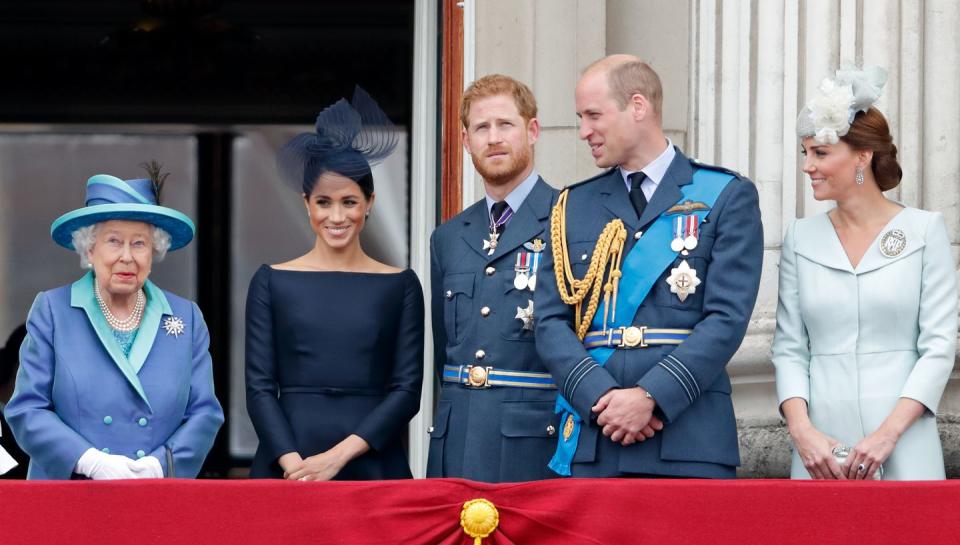
The ongoing popularity of real-life princes and princesses, especially those in the British royal family, both aids the realism and sustains interest in these types of stories. Though there’s a seemingly endless amount of distressing news about heirs to thrones—from how Japan’s former princess Mako was diagnosed with PTSD due to intense scrutiny around her wedding to the scandals swirling around Monaco’s Prince Albert—the more that monarchies are in the news, the greater the interest in modern royal life becomes. Because positive or negative press, it’s still press.
Add in recent fictional dramatizations like Netflix’s The Crown or even Vanessa Hudgens’s campy Princess Switch trilogy, combined with the explosive growth of social media, where royals can reach audiences they never have before—Princess Olympia of Greece is now on TikTok, Britain's Princess Eugenie is partial to Instagram—and there’s a perfect storm for contemporary royal novels to skyrocket in popularity.
In some instances, this means fictional adaptations of the British royal family. For example, author Tracey Livesay took on Meghan and Harry’s love story in her forthcoming novel American Royalty, with the intention of encouraging readers “to think about what it may have been like to be a Black woman in this institution.” Yet, instead of Meghan specifically, her story centers around Black American rapper Dani Nelson who performs under the stage name “Duchess.” Harry’s stand-in is Prince Jameson, who tries to stay out of the royal spotlight by teaching philosophy at university.
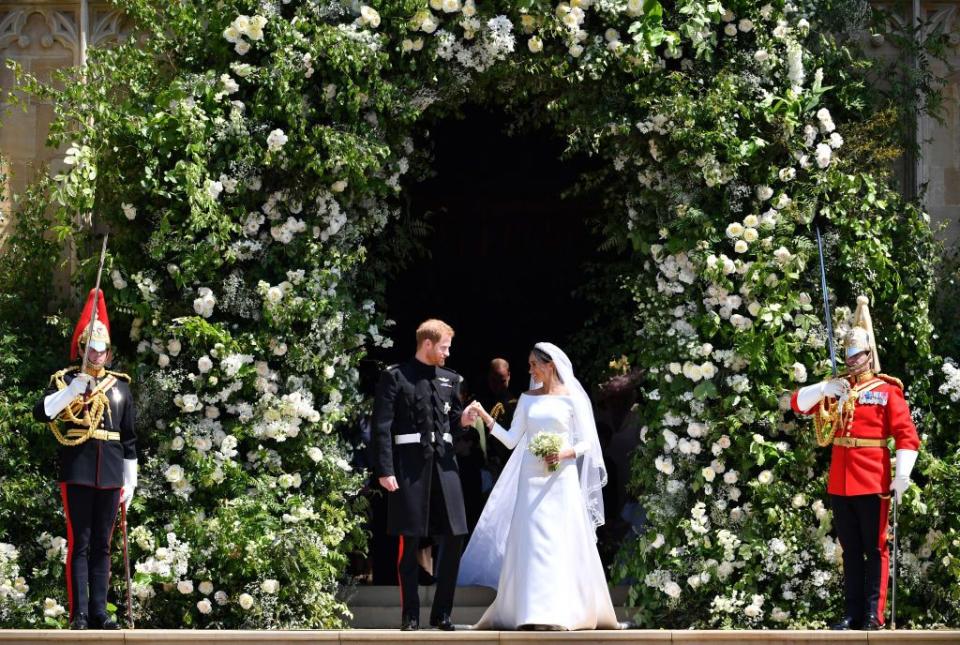
“I couldn’t imagine writing this story in this time with what we know and pretending as if there aren’t issues,” she explains to Town & Country. “To learn later that while the love [Harry and Meghan] share may be real, the trappings were anything but happy was disappointing.” Though most people are now aware of the racism Meghan Markle dealt with upon marrying into the British royal family thanks in part to her bombshell interview with Oprah Winfrey, it was important for Livesay to write about that love and the happily ever after, despite the difficulties.
Though readers now know more of the realities of royal life—the pressures of fame, the inability to live a normal life, the negative impact on mental health—the allure of royal romances remains strong because the genre is now grappling with these realities.
Writers (and readers) like to imagine that modern-day royals are wrestling with their privilege and the historical weight of the institutions they were born into. “You want to believe the romance is real, you want to believe the inventions [of royals] are good,” Heather Cocks, of The Royal We and The Heir Affair, a duology inspired by Kate Middleton and Prince William’s love story, tells Town & Country. “Royal romances can project qualities you wish were true.”
“Royalty [is] this antiquated system. We want them all to be great and remarkable, because wouldn’t that be nice?” Cocks continues, “But really, what are the odds? They weren't chosen for anything other than the fact that they came out in a particular order from a particular person. You want them all to be good people who will do the right thing with the privilege that they’ve been given. Will they? I don’t know. But in our books, maybe yes.” Jessica Morgan, her coauthor and the other half of the Fug Girls, chimes in, “Yes, in fiction they will. In real life, probably not.”
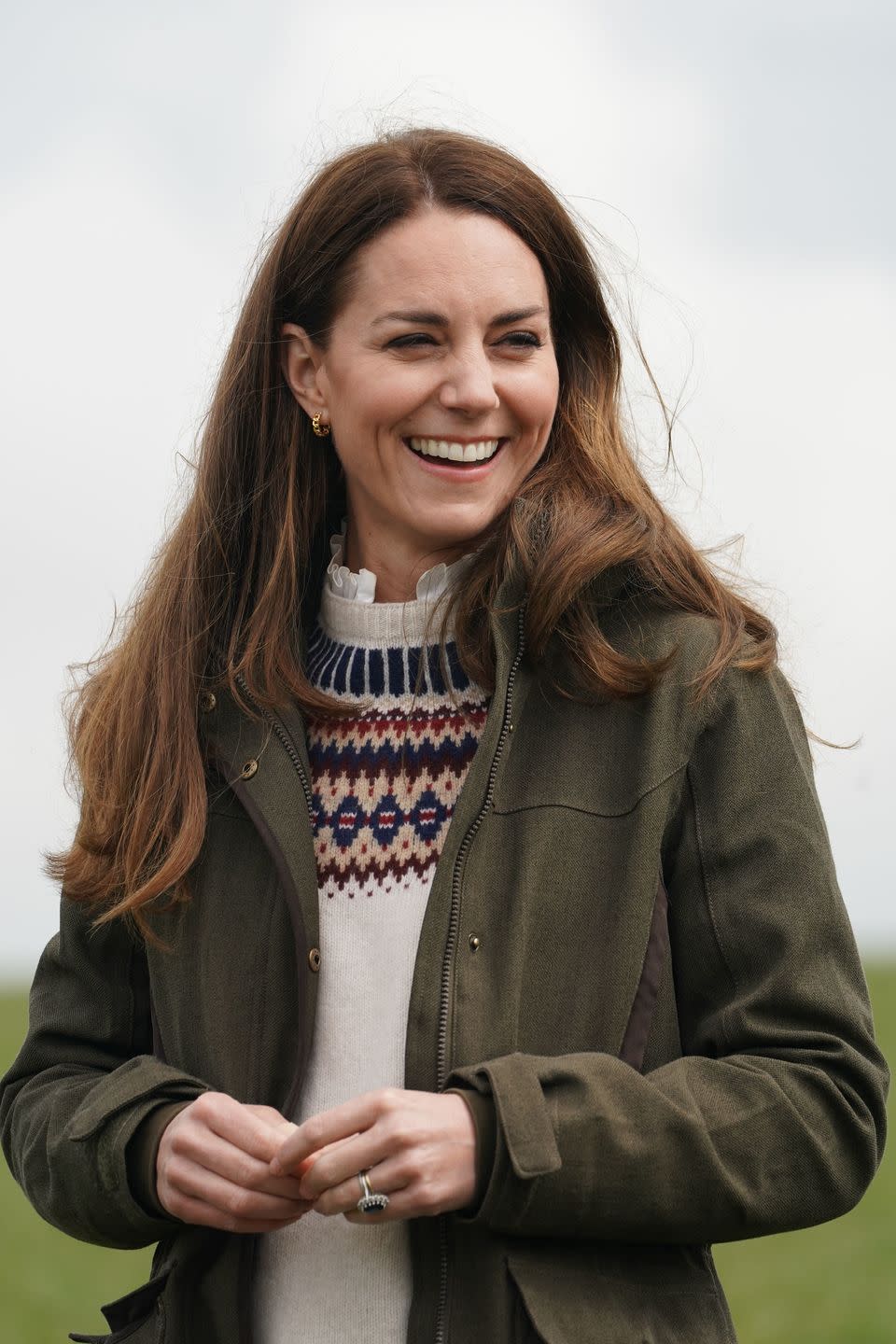
The main conflict in Cocks and Morgan’s novels was inspired by Middleton’s status as a modern young woman in the royal family—and how the pressures she dealt with were both external from the press and the public, and internal from the British royal family. “Kate’s popularity peaking when it did and our book coming out when it did was a stroke of great good luck,” Morgan says. “Speaking only for ourselves, it’s a little bit of chicken and egg. I don’t know that we would have written the book if she wasn’t super famous.”
The weddings of William and Kate, and then Harry and Meghan, absolutely triggered renewed American interest in the royal family. For Lea Koch, who runs The Ripped Bodice, a romance bookstore in California, with her sister Bea, Meghan Markle joining the British royal family “unequivocally” sparked purchases of royal-themed romances, “both from people buying books that already existed, and new books coming out.”
The interest from readers is being seen by those publishing the books, too. Erika Tsang, the editorial director of Avon Books, an imprint at HarperCollins that focuses on romance, was hesitant to share specific data, but did indicate in an email to Town & Country that readers have been "more interested" in royal romance stories in recent years, especially ones that show a more realistic depiction of life inside the palace.
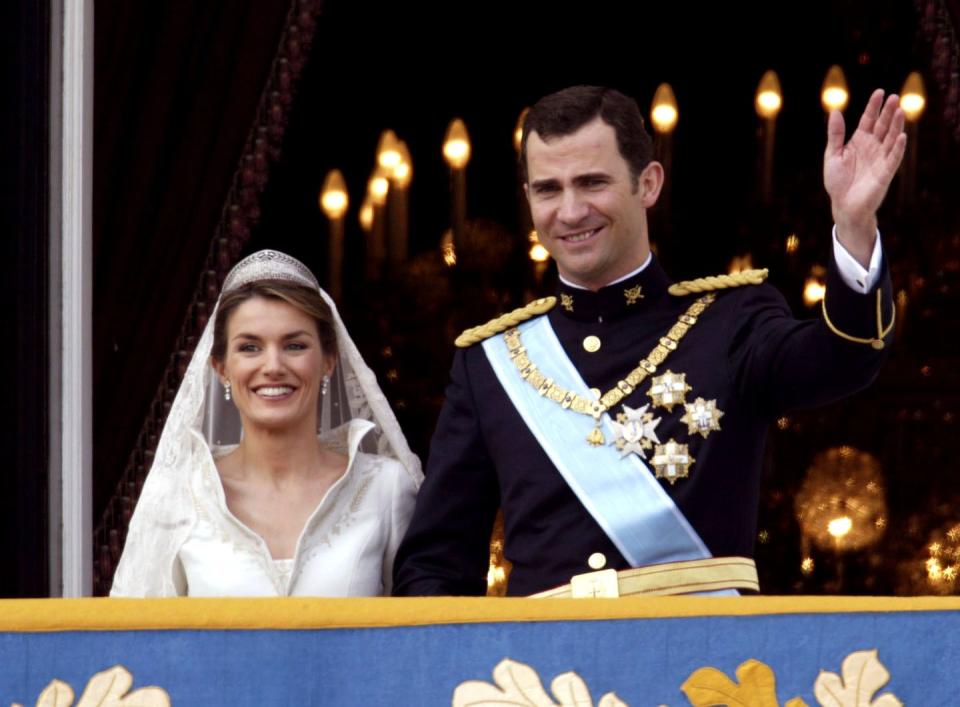
Royal romance, Koch notes, is one of the ultimate escapist subgenres. Just look at the popularity of contemporary adult and YA romance novels that have come out in recent years: Casey McQuiston’s Red, White & Royal Blue, which tells the swoon-worthy story of the U.S. President’s son falling for the Prince of Wales was a New York Times bestseller—as was Katharine McGee's American Royals, which imagines America with a royal family. (McGee is now on her third book in the series.)
The origins of modern royal romances date back to one young adult book in particular: Meg Cabot’s The Princess Diaries, which came out in 2000, and tells the story of Mia Thermopolis, who finds out she’s a princess, but has no interest in taking up the mantle. “I personally would love to find out I was a princess, but that's a boring book,” Cabot tells Town & Country. “The twist is that [Mia] doesn't want to have this responsibility thrust upon her. And that’s what makes her an interesting character.”
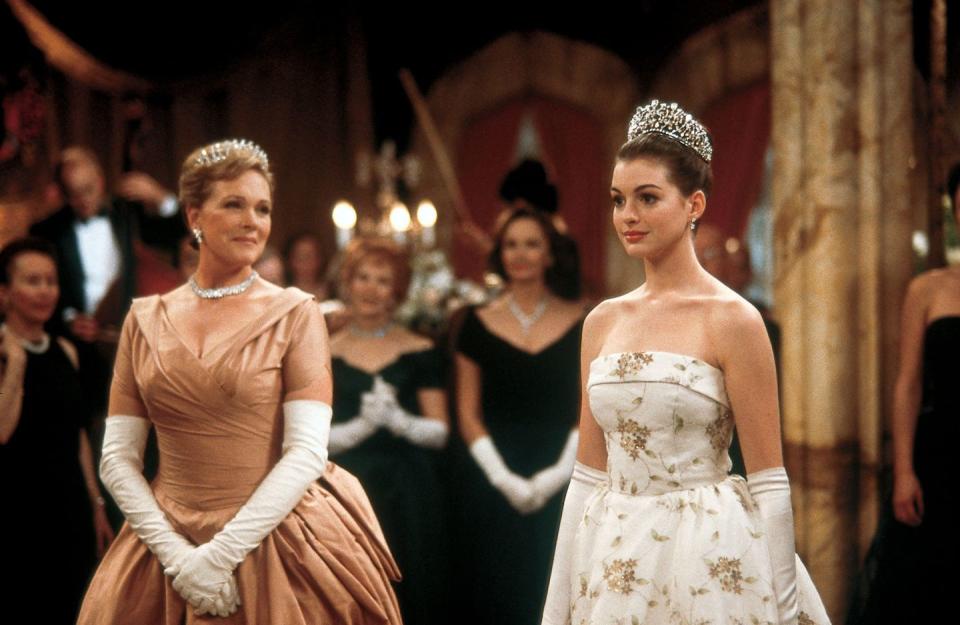
While nearly every author writing contemporary royal romance that we spoke to references the Princess Diaries as a cultural touchstone—“Princess Diaries is a seminal text for anyone who writes royal books,” Morgan says—the genre has evolved since Princess Mia and her fictional nation of Genovia debuted in 2000. Contemporary royal romances are more diverse than ever before, featuring princesses and princes of all ethnic backgrounds. Koch explains that the genre is “focusing on invasion of privacy, harassment, racism, sexism. There’s definitely [authors] taking that angle a lot more, and looking at [royals] from a much more disillusioned mindset.” The perspective she’s seeing more and more is through the lens of “what would this really be like?”
That critical eye is key to the success of these novels. “I am incredibly cynical about the [British] royal family,” Indian American romance author Sonali Dev tells Town & Country. “Nobody who's writing royalty today is writing it without that critical eye, and without that strain of cynicism in there. I don’t think we would read them if they did acknowledge that privilege.”
Dev’s four-book series are all homages to Jane Austen that center on a contemporary Indian American family descended from royalty. The fictional Raje family is drawn from the history of Indian royalty during the British occupation of India. “I almost vehemently keep away from anything to do with the British royal family,” Dev says.
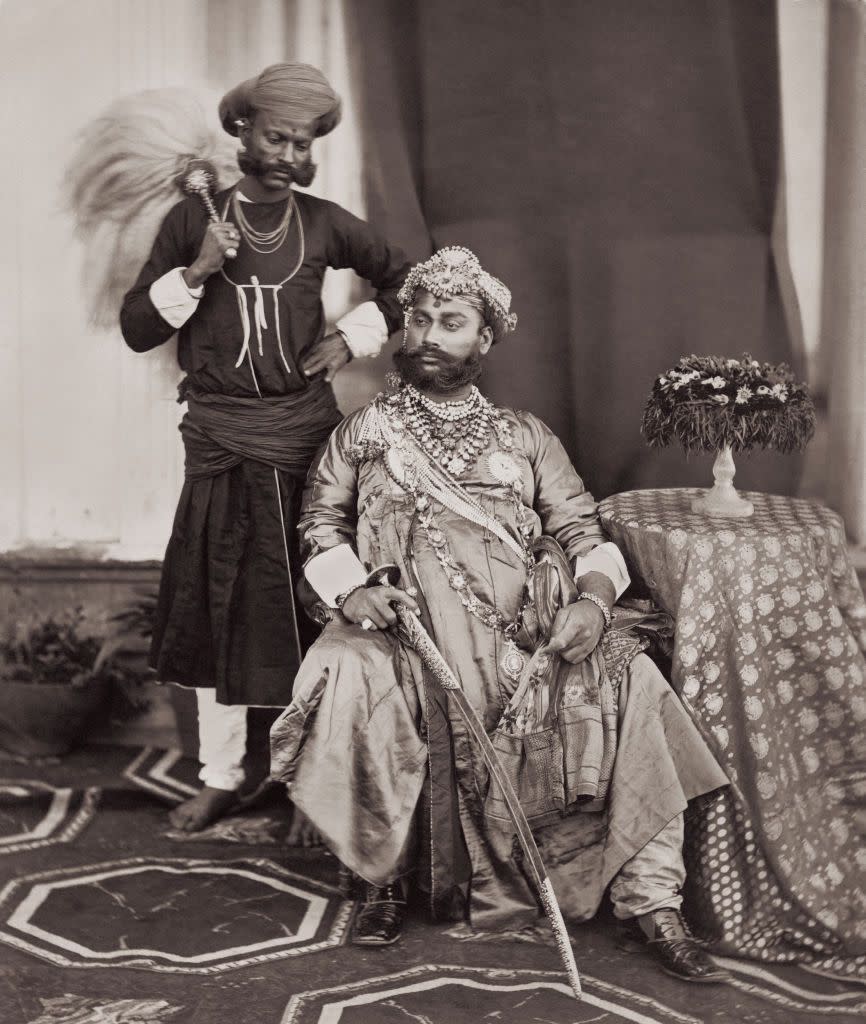
Yet, she remains interested in royalty as a way to examine privilege in her novels. “Royalty is interesting, because for years it was tied together with nobility,” Dev explains. “Not in terms of class nobility, but being noble as people doing things for others: Your duty to your people is larger than your duty to self.” Her characters grapple with their privilege and how it relates to political power and charity; in the last book in the series, The Emma Project, the youngest sibling, Vansh Raje, struggles to be taken seriously in his efforts to help others.
“We were studiedly kept outside of this space, this place of haloed joy and power,” she says of non-white authors writing royal romances. “The diverse royalty we’re seeing now is an actual meditated, thoughtful claiming of space.” The whiteness of fairy tales—particularly the ones visible in Disney films—combined with the whiteness of royal families most often covered in the U.S. media made it difficult for young people of color to see themselves as royalty. Yet, authors of color are now writing themselves into these beloved stories.
“For a lot of my generation—the authors we’re reading now—[royalty romance] was a space they were not allowed into. In their own fantasies, they were in there,” Dev says. “These are the stories they’ve been writing in their mind for a long time, and these are the stories they wanted to give the next generation that they did not have.”
That's exactly what happened for author Emiko Jean. “Fairytales were very much part of my childhood, and I was a fan,” Jean tells Town & Country over email. “But being a Japanese American kid, I never saw myself in them, which is why Izumi is a princess.” The film adaptation of the Princess Diaries is in part what inspired author Jean to write her young adult novels—Tokyo Ever After and Tokyo Dreaming—about Izumi, a Japanese American girl who finds out she’s actually a Japanese princess, the daughter of the Crown Prince of Japan and an American mom.
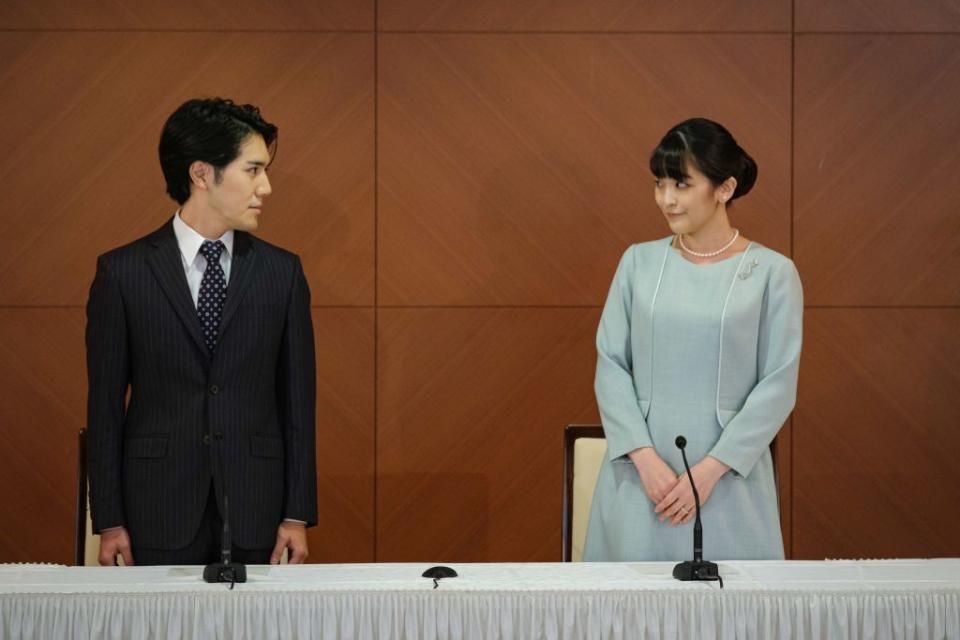
Author Alyssa Cole, too, started writing her Reluctant Royals series because she grew up “obsessed with fairytales,” but she wasn’t seeing herself reflected in the stories; Eddie Murphy’s Coming to America was the only time she saw Black royalty on screen (“I definitely had a crush,” she jokes). So Cole wrote her own Black princesses, and is leading the drive for inclusive royalty romances.
In A Princess in Theory, Cole’s first royal romance, protagonist Naledi Smith is a grad school student in epidemiology and former foster kid who finds out she’s actually betrothed to an African prince. The book is full of your classic royal romance tropes—from a handsome prince to an arranged marriage—and Naledi feels like a woman you know, dealing with very modern problems.
"I was intrigued by the idea of royalty as a job that you don't get to choose, and how you build your life around that," Cole tells Town & Country. "And, for the people who are falling in love with these royals, how it affects their lives. There's the fun stuff, but also what happens if your life gets turned upside down by actual royalty?" It was important for Cole to lean in to challenges of modern monarchies in her novels, explaining it was important to think about the "real aspects" of royal life, "and difficulties that they would have to face."
That authentic lens is essential to the future of the genre, Livesay believes. “We’re morbidly still interested,” she says. “Authors will [continue to] tell stories and be as realistic as they can, considering what we write, about what being a member of the royal family would be like.” That caveat she adds—"considering what we write"—refers to the fact that romance will always end with a happily ever after. The princess will get the woman of her dreams or the prince and his love will overcome all the odds to stay together, and things will work out.
Readers, who are now acutely aware of the darker sides of royal life, are still clamoring for more three-dimensional portraits of royal romance. With the characters still living happily ever after, of course.
You Might Also Like

